In the realm of gaming, the ability to make quick, accurate decisions significantly influences success and enjoyment. One often overlooked factor that impacts decision quality is visual comfort. This article explores how visual comfort enhances cognitive processes during gameplay, supported by scientific insights, practical examples, and technological advancements.
Table of Contents
- Defining visual comfort and its significance in gaming environments
- Fundamental Concepts of Visual Perception and Comfort
- The Science Behind Visual Elements That Enhance Comfort
- Modern Technologies and Design Principles for Enhancing Visual Comfort in Games
- How Visual Comfort Affects Player Engagement and Decision Quality
- Case Study: Monopoly Big Baller – A Modern Illustration of Visual Comfort
- Non-Obvious Factors Influencing Visual Comfort and Decision-Making
- Practical Guidelines for Designers and Players
- Future Trends and Research Directions in Visual Comfort and Gaming Decisions
- Conclusion
1. Introduction: The Role of Visual Comfort in Decision-Making During Games
a. Defining visual comfort and its significance in gaming environments
Visual comfort refers to the ease with which a person perceives visual stimuli without experiencing strain, fatigue, or discomfort. In gaming environments, this concept is crucial because comfortable visuals enable players to maintain focus, process information efficiently, and make well-informed decisions. Poor visual conditions, such as excessive glare or poorly contrasted interfaces, can distract players and impair cognitive functions essential for quick decision-making.
b. Overview of how visual factors influence cognitive processes and decision quality
Research indicates that visual factors like brightness, color harmony, and contrast directly impact cognitive load—the mental effort required to interpret visual information. When visuals are optimized for comfort, players experience less cognitive fatigue, allowing for sharper focus and better judgment. Conversely, visual discomfort can lead to errors, indecision, and decreased engagement, highlighting the importance of thoughtful visual design in gaming.
2. Fundamental Concepts of Visual Perception and Comfort
a. Human visual system and its response to light and color
The human visual system relies on photoreceptor cells in the retina, primarily rods and cones, which react to different wavelengths of light. These cells are sensitive to light intensity and color variations, influencing how we perceive visuals. For example, the cones are responsible for color vision and function optimally under well-lit conditions, whereas rods operate in low-light environments. Understanding this response is essential for designing visuals that align with human perception, reducing strain and enhancing clarity during gameplay.
b. The impact of visual strain and fatigue on decision-making accuracy
Prolonged exposure to intense or poorly balanced visuals can cause eye strain and fatigue, impairing cognitive functions. Studies have shown that visual fatigue correlates with decreased attention span, slower reaction times, and increased likelihood of mistakes. For instance, in fast-paced action games, excessive glare or inconsistent lighting can distract players, leading to suboptimal decisions and reduced overall performance.
3. The Science Behind Visual Elements That Enhance Comfort
a. Color theory and the importance of wavelength selection (e.g., orange wavelengths in sunset skies)
Color theory guides how different hues influence perception and emotional response. For example, orange wavelengths, typically around 590–620 nm, are associated with warmth and calmness, akin to sunset skies. Incorporating such colors in game interfaces or backgrounds can reduce visual fatigue and create a soothing environment for prolonged play. This principle explains why many games and interfaces utilize warm color palettes to enhance comfort, especially during extended sessions.
b. Brightness, contrast, and glare management as tools for optimal visual comfort
Balancing brightness and contrast is vital. High contrast improves object visibility but can cause glare if not managed properly. Glare—excessive brightness or reflections—distracts and strains the eyes, diminishing decision accuracy. Modern game design employs techniques such as matte finishes and adaptive brightness controls to mitigate glare, ensuring that visual elements stand out without causing discomfort.
4. Modern Technologies and Design Principles for Enhancing Visual Comfort in Games
a. Use of transparent acrylic spheres and their historical significance (e.g., Otto Röhm’s invention) in creating clearer visuals
Innovations in optical materials, such as transparent acrylic spheres, have improved visual clarity in various applications, including gaming displays. Otto Röhm’s development of acrylic plastics in the early 20th century revolutionized optical devices by offering lightweight, durable, and clear alternatives to glass. Modern game screens and virtual reality headsets leverage similar principles, using high-quality transparent materials to reduce distortion and improve visual comfort, enabling players to focus better on gameplay decisions.
b. Application of ergonomic and aesthetic principles in game interface design
Ergonomics ensures that visual interfaces minimize strain and are intuitive, while aesthetic principles enhance user engagement. For example, consistent color schemes, predictable layouts, and appropriate font sizes contribute to visual harmony. Studies show that such design choices decrease cognitive load, allowing players to process information swiftly and make confident decisions—underscoring that good visual design is both functional and appealing.
5. How Visual Comfort Affects Player Engagement and Decision Quality
a. Empirical evidence linking comfortable visuals with increased focus and better decisions
Research from cognitive psychology indicates that visual comfort significantly enhances focus. For example, a study published in the Journal of Experimental Psychology found that participants exposed to low-glare, well-contrasted visual setups performed 20–30% better in decision tasks. Comfortable visuals reduce mental fatigue, allowing players to allocate more cognitive resources to strategic thinking.
b. The role of live presenters and real-time visual feedback in building trust and reducing cognitive load (67% trust increase)
In live gaming or streaming environments, real-time visual feedback from presenters or interfaces fosters trust. A survey revealed that visual cues and transparent feedback mechanisms can increase players’ trust by up to 67%, as they feel more in control and assured about their decisions. Clear, consistent visuals in such contexts reduce uncertainty and cognitive strain, leading to more confident gameplay.
6. Case Study: Monopoly Big Baller – A Modern Illustration of Visual Comfort
a. Description of the game’s visual design choices and their impact on player decision-making
The Monopoly Big Baller Live game is a must-try exemplifies how contemporary game design integrates visual comfort principles. The game employs a balanced color palette with warm accents, high contrast for key elements, and minimal glare, creating a visually soothing environment. These choices help players focus on strategic decisions, such as betting or card selection, with less distraction or fatigue, ultimately enhancing their confidence and enjoyment.
b. How strategic use of visual elements enhances gameplay experience and decision confidence
Strategic placement of visual cues, consistent color schemes, and adaptive lighting in Monopoly Big Baller contribute to smoother decision-making. For instance, highlighting active betting options with subtle glow effects guides players without overwhelming their senses. This approach demonstrates that thoughtful visual design not only improves aesthetics but also facilitates cognitive clarity, making gameplay more engaging and less stressful.
7. Non-Obvious Factors Influencing Visual Comfort and Decision-Making
a. The psychological effects of environmental lighting and color dynamics, such as sunset phenomena dominated by orange hues
Environmental lighting profoundly affects visual comfort and mood. Sunset phenomena, characterized by dominant orange hues, evoke feelings of calmness and relaxation, which can improve decision quality. Studies indicate that exposure to warm, natural-like lighting reduces stress and enhances focus. Games that simulate such lighting conditions or incorporate warm color schemes in their UI design tap into these psychological effects, promoting better decision-making during extended play.
b. The importance of visual consistency and predictability in reducing cognitive overload
Consistent visual elements—such as uniform color schemes, predictable iconography, and stable layouts—reduce cognitive overload by creating a sense of familiarity. When players can anticipate visual responses, their cognitive resources are freed for strategic thinking rather than deciphering new visual cues. This consistency is especially crucial in complex games, where decision accuracy depends on rapid interpretation of visual information.
8. Practical Guidelines for Designers and Players
a. Tips for optimizing visual comfort in game design and setup
- Use warm, muted color palettes to reduce eye strain during long sessions
- Incorporate adjustable brightness and contrast settings to adapt to ambient lighting
- Apply consistent visual themes to foster familiarity and reduce cognitive load
- Limit glare through matte finishes or anti-reflective coatings on screens
- Employ ergonomic font sizes and clear icons for easy readability
b. Strategies for players to reduce visual fatigue and improve decision outcomes during extended play
- Take regular breaks to prevent eye fatigue
- Adjust screen settings to match ambient lighting conditions
- Use anti-glare glasses if necessary
- Engage in eye exercises to relax the ocular muscles
- Maintain proper distance from screens and ensure good posture
9. Future Trends and Research Directions in Visual Comfort and Gaming Decisions
a. Emerging technologies (e.g., adaptive lighting, AR/VR) and their potential to enhance visual comfort
Advancements like adaptive lighting systems that respond to ambient conditions, and augmented reality (AR) or virtual reality (VR) headsets with integrated ergonomic designs, hold promise for personalized visual comfort. These technologies can dynamically adjust color temperature, brightness, and contrast, reducing fatigue and optimizing visual clarity in real-time, thereby supporting better decision-making in immersive gaming experiences.
b. Areas for further scientific exploration linking visual design and cognitive performance in gaming
Further research is needed to quantify the optimal visual parameters for various game genres and player demographics. Investigating how specific color schemes, lighting conditions, and interface layouts affect decision speed and accuracy can inform standards for game design that prioritize visual comfort, ultimately leading to more engaging and cognitively supportive gaming environments.
10. Conclusion: Integrating Visual Comfort into the Core of Effective Game Design and Play Strategies
Enhancing visual comfort is a vital aspect of designing compelling and cognitively supportive gaming experiences. By understanding the science of visual perception and applying principles such as appropriate color choices, glare management, and ergonomic interface design, developers can facilitate better decision-making and increase player engagement. As technology evolves, integrating adaptive and immersive visual solutions will further reinforce the importance of visual comfort, making it a central element in future game development and gameplay strategies.
Remember, well-designed visuals do more than just beautify a game—they empower players to think clearer, decide faster, and enjoy longer sessions. For those interested in experiencing innovative gameplay that values visual comfort, the Monopoly Big Baller Live game is a must-try.


